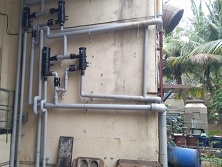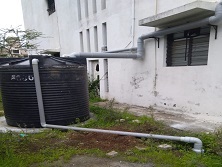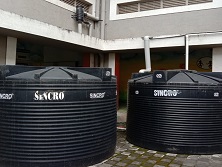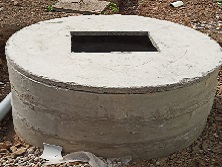Rainwater Harvesting is the most cost-effective and sustainable approach towards Water Conservation. By implementing these techniques, we can reduce water scarcity, protect the environment, and promote responsible water management. Whether on an individual, community, or industrial scale, Rain Water Harvesting Systems contribute to long-term water security. Embracing this practice is a crucial step towards building a more sustainable and resilient future for generations to come.
Methods of Rainwater Harvesting:
Various techniques can be employed to Harvest Rainwater, depending on the scale and purpose of the system. Here are some commonly used methods:
- Rooftop Rainwater Harvesting: Collecting rainwater from rooftops is a simple and effective method. It involves channelizing rainwater through gutters and downtakes into storage tanks or reservoirs.
- Surface Runoff Harvesting: This technique captures rainwater from land surfaces, such as roads and pavements, using contour trenches, or permeable pavements to direct water towards storage systems.
Applications of Harvested Rainwater:
Rainwater harvested through these methods can be used for various purposes, including:
- Irrigation: Water for gardens, landscapes, and agricultural fields using harvested rainwater reduces strain on municipal supplies and conserves freshwater resources.
- Non-potable Domestic Use: Flushing toilets, washing clothes, and cleaning purposes can be served by rainwater, reducing demand for fresh water.
- Groundwater Recharge: By facilitating artificial recharge of harvested rainwater into the ground, we can replenish underground aquifers and maintain the balance of groundwater levels.
- Emergency Water Supply: Rainwater harvesting systems with adequate storage capacity can serve as a backup during droughts, emergencies like Fire outbreaks, or when the main water supply is compromised.









